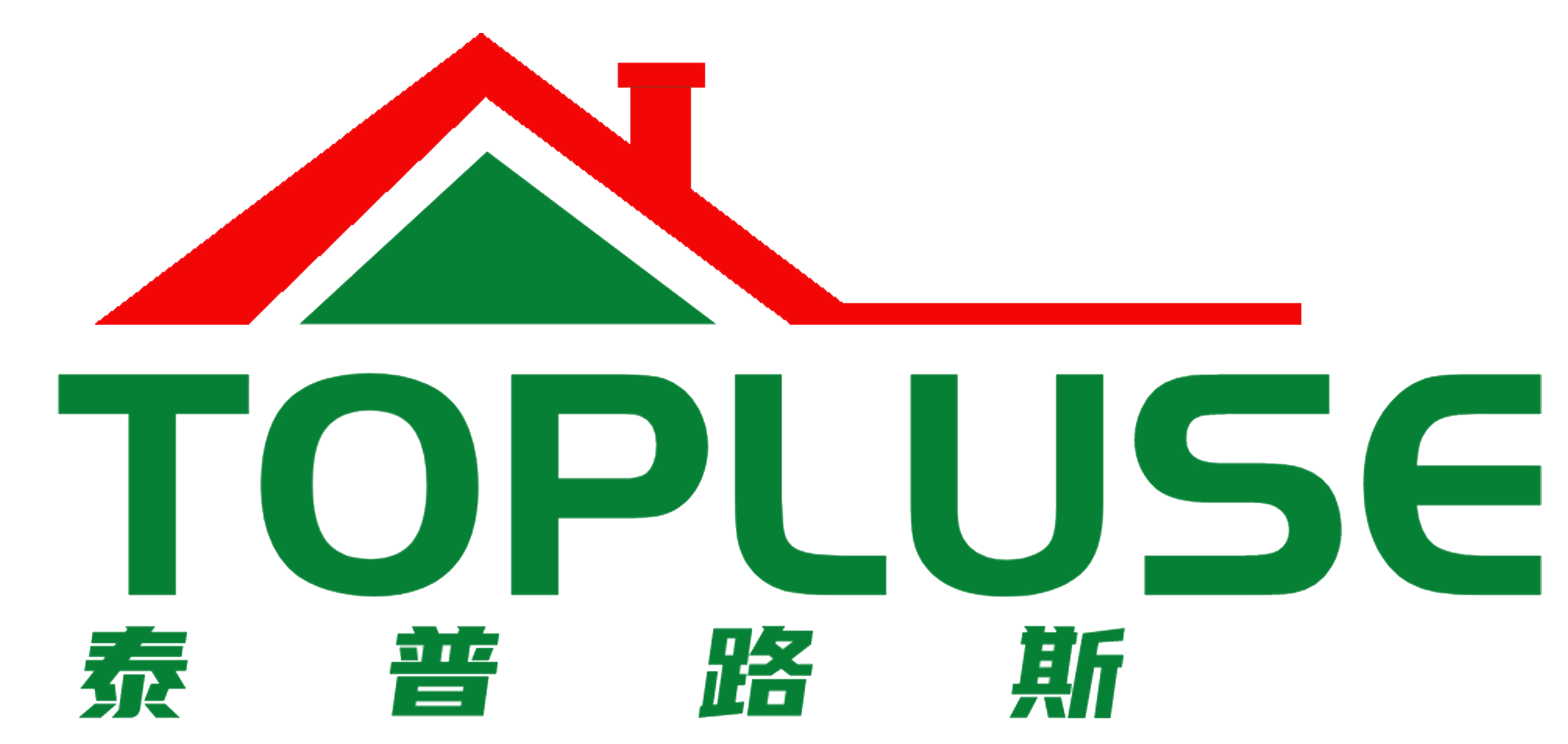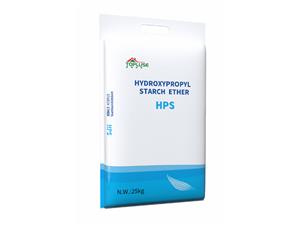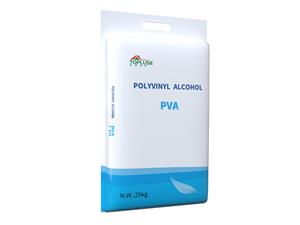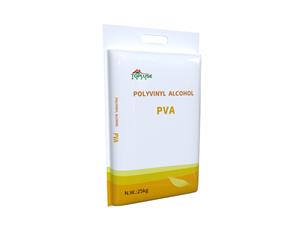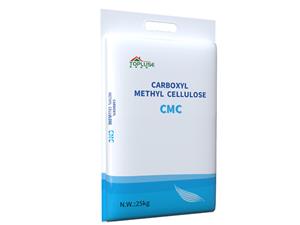CMC USED IN COATING
The application of CMC (sodium carboxymethyl cellulose) in coatings is mainly reflected in thickening, stability, rheological property optimization, etc. The specific functions and advantages are as follows:
一、Core Functions and Functions
1、Thickening and stabilization
CMC can prevent delamination during storage by increasing the viscosity of the coating, improve the porosity of the membrane and enhance the water retention of the coating. Its low ether and viscosity characteristics can balance the solid content and fluidity of the coating and ensure the viscosity stability during construction.
2、Rheological property optimization
Shear thinning: at low shear rate (such as coating), CMC significantly reduces the viscosity of coating and improves coating fluency;
Anti-sagging and anti-dripping: By adjusting the complex modulus of coatings, sagging and dripping phenomena in construction can be reduced.
3、Dispersion and anti-settling
CMC, as emulsifier and dispersant, ensures uniform dispersion of pigments and fillers, prevents agglomeration and precipitation, and improves the adhesion effect of pigments.
二、the application advantages
1、Long-term stability
CMC can prolong the shelf life of coatings and reduce the separation of coatings caused by temperature changes, which is suitable for long-term storage of coatings systems.
2、Improvement of construction efficiency
By reducing the drying load and water content, CMC can effectively improve the coating speed and reduce the production cost.
3、Environmental protection and economy
CMC is non-toxic and tasteless, and reduces the amount of solvent by increasing the solid content of the coating, which meets the requirements of environmental protection and reduces the material cost.
三、The use of precautions
1、Dosage control: usually the dosage is 0.5%-1.5% (based on the absolute dry amount of pigment), which needs to be adjusted according to the coating type and process;
2、Dissolution mode: dry powder can be pre-mixed, pre-dissolved or pre-dispersed slurry can be added, and it needs to be fully stirred to ensure uniform dispersion.
Application of CMC in other fields
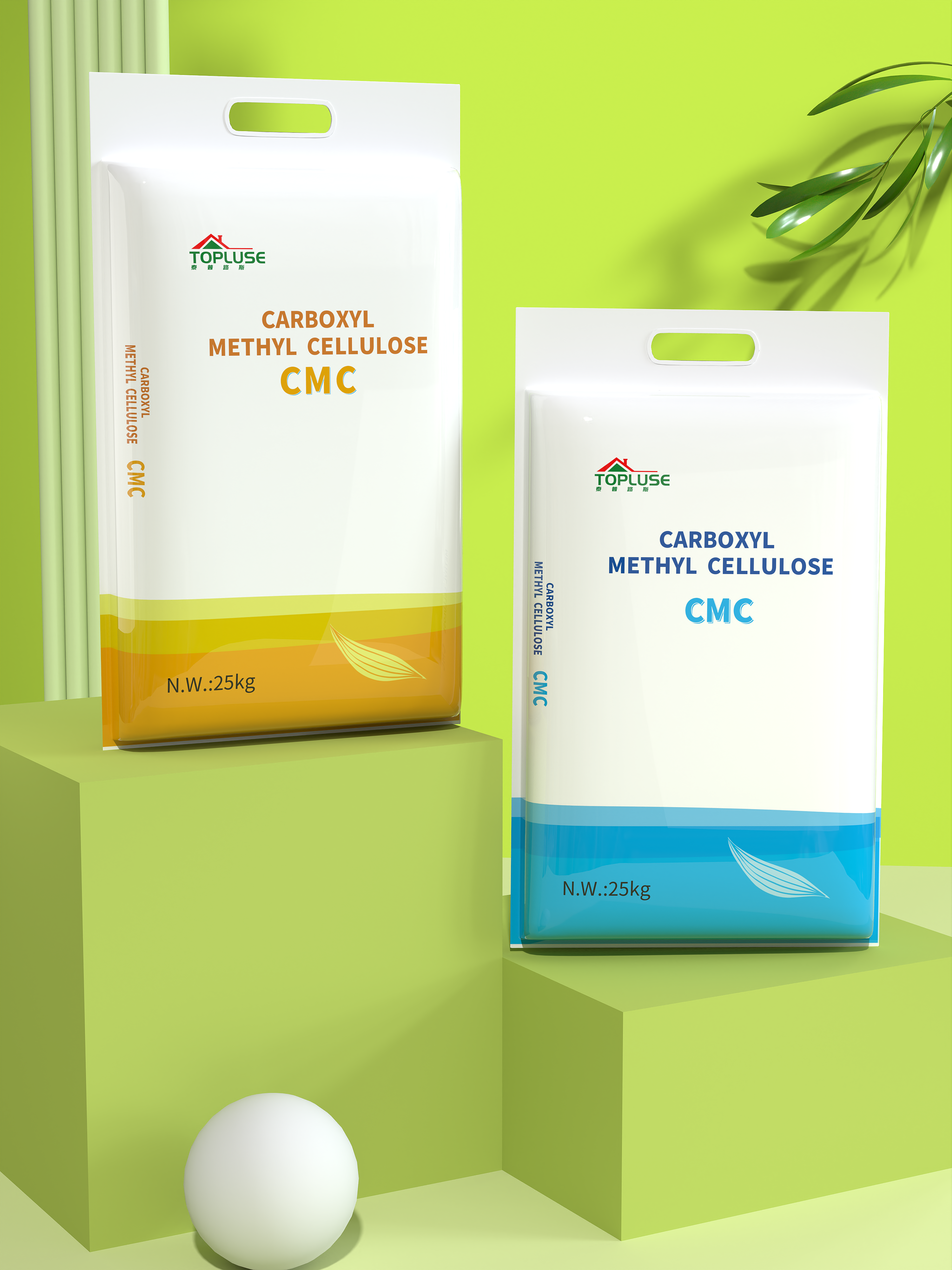
CMC function is powerful and widely used. It is a kind of ionic cellulose ether with a wide range of uses. Because of the excellent function of CMC, it is widely used in petroleum, food, medicine, construction and ceramics industries, so it is also called "industrial monosodium glutamate".
1、In detergents, CMC can be used as an anti-fouling redeposition agent, especially for hydrophobic synthetic fibre fabrics, which is superior to carboxymethyl fibres.
2、CMC can be used to protect oil wells as mud stabilizers and water-retaining agents in oil drilling. The consumption of each oil well is 2.3t for shallow wells and 5.6t for deep wells.
3、CMC can be used as an anti-settling agent, emulsifier, dispersant, levelling agent and adhesive of coatings. It can make the solids of coatings evenly distributed in solvents and make coatings non-stratified for a long time. It is also widely used in paints.
4、CMC is more effective than sodium gluconate in the removal of calcium ions as a flocculant. When CMC is used as a cation exchange, its exchange capacity can reach 1.6ml/g.
5、CMC used as a paper sizing agent in the papermaking industry can significantly improve the dry and wet strength, oil resistance, ink absorption and water resistance of paper.
6、CMC is used as a water-soluble sol in cosmetics and as a thickener in toothpaste. The dosage of CMC is about 5%.
Conclusion & TOPLUSE
CMC can be used as a flocculant, chelating agent, emulsifier, thickener, water-retaining agent, sizing agent, film-forming material, etc. It is also widely used in the fields of electronics, pesticides, leather, plastics, printing, ceramics, toothpaste, daily chemical industry, etc. Moreover, due to its excellent and extensive use, CMC function is constantly exploring new application fields. The market prospects are very broad.
